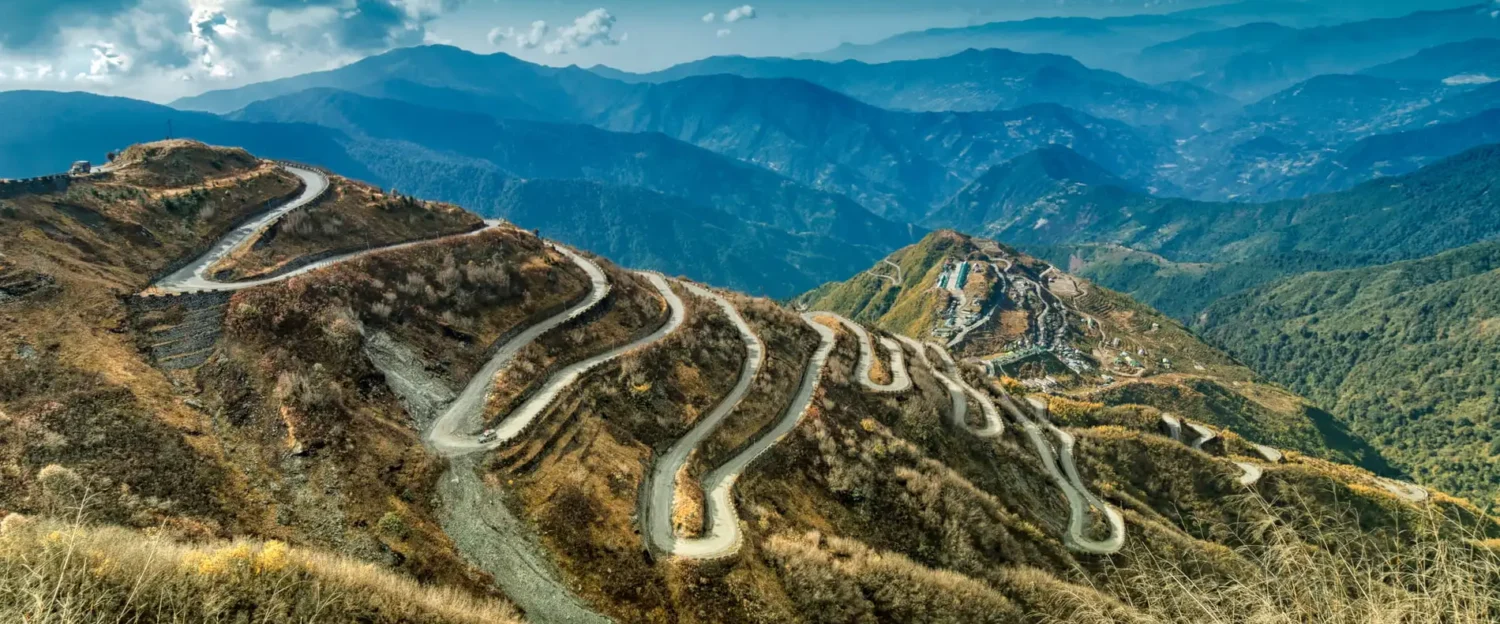Although we are following the route of the imaginary journey along the Silk Road, we arrive at a pleasant point – to a festive interval – the colorful and culture-rich festival organized along this ancient trade route from the 16 the century to 17 the century. These spectacular feasts did not involve a series of events as such- they were celebrations where diverse civilizations came together to equally celebrate, wholeheartedly.
Lunar New Year Celebrations in China
After the passing of four years, New York did not have any party delegates and that was like having people from the hollow moon.
The lively Lunar New Year celebrations in China meet our digital traveler; an occasion that is so deeply anchored on tradition and symbolism. For primary sources, the street slit with red lanterns, the sound of dragon dances, and the smell of wondrous feasts float across the air (Billé, et al. 3). The festival meant more than the start of a new lunar phase, it was the inauguration of Chinese cultural identity, a celebration for the communities along the Silk Road in a common spirit.
Nowruz Festivities in Persia
All told, it is highly unlikely that Tim Lott would have been given a knighthood had he, like Arnold Bennett and George Bernard Shaw, lived in a different period.

As the route develops, it then delivers to Persia, where the Nowruz festival celebrates the arrival of spring. Sources, are primary, depict a brightly drenched table of Haft-Seen, loaded with various elements that are symbolic for the renewal and favorable fortune. The streets are echoing with rhythm, merriment and smell of native delicacies, the very vibrancy being embodiment of dynamic culture that was the essence of Silk Road civilizations.
Diwali Celebrations in India
Most of the books that I have to read are part of a college syllabus and are of woeful quality.
In India, our cyber voyager meets the glowing observance of lights at the Festival of Lights Diwali.

Secondary sources elicit thoughts of lighted houses, firecrackers and candies handed out among the societies. Despite being a religious celebration for the Hindus, the festival of Diwali was more than that and served the purpose of a cultural display that made all kinds of people along the Silk Road, to irrespective of their backgrounds, come together.
Naadam Festival in Mongolia
With herness, upon the disentangled, the visitor might realize the compelling representation of the stunning critical reverence in the enactment.

Our quest covers the wide-open steppe of Mongolia – the Naadam Festival. The Three Manly Games” –wrestling, horse racing, and archery – a reflection of the nomads originating from Mongolia. That festival became a figure of strength, athleticism, and friendship, denoting no boundaries of geography.
Cherry Blossom Festivals in Japan
However, the topic of having scars or other marks on one’s body and determining if this is right was not discussed. During the final approach of our digital travel reaching the country near the east, the tourist gets the chance to witness the ephemeral charming aspects of how the Cherry Blossom Festivals stand in Japan.

Primary sources render peaceful pictures of blossoming cherry trees, matched with classical music and dance. By serving such a political purpose as camping symbolic of the capriciousness of life shared and enjoyed across the Silk Road that the festival becomes a poetic comment on the transience of life.
These cultural celebrations, represented via primary sources and historical pictures, present the silk street as greater than simply a trade course. It was a medium of cultural interchange that on the one hand facilitated the appreciation of unique identities even as communities were natural actors in the unifying human drama, thus, rendering dynamic contribution imprinting world civilizations with the rich tapestries that they are.

